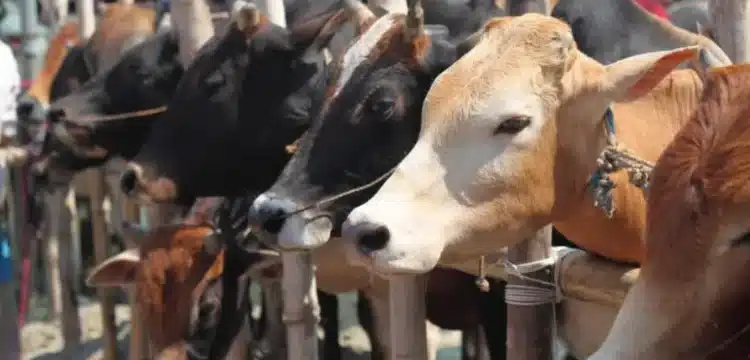[vc_row][vc_column][vc_column_text dp_text_size=”size-4″]Qurbani
Qurbani, also known as ritual sacrifice, is a significant rite observed by Muslims all around the world during Eid al-Adha. It recalls Prophet Ibrahim’s (Abraham’s) willingness to sacrifice his son as an act of loyalty to God. Animals such as sheep, goats, cows, or camels are sacrificed according to Islamic norms in this practise. The flesh gained from the sacrifice has cultural and religious significance.
Meat distribution
Meat distribution is an important part of Eid al-Adha because it allows Muslims to share the Qurbani blessings with their family, friends, and the less fortunate. The flesh is traditionally divided into three equal portions. One piece is saved for the family, another with relatives and neighbours, and the remainder is distributed to people in need. This charitable deed fosters community togetherness and compassion, ensuring that everyone can share in the wonderful occasion.
Also Read: Apply Now for JS Bank’s Summer Internship Programme for Pakistani Youth!
Proper meat storage
Proper meat storage is essential for maintaining hygiene and avoiding waste during Eid al-Adha. It is suggested that the meat be refrigerated or frozen immediately after Qurbani to retain its freshness. Proper packaging, labelling, and organisation all contribute to more effective storage. To avoid cross-contamination, meat should be handled and stored separately from other foods. By according to these instructions, Muslims can ensure that the meat gained from Qurbani is safely stored and can be enjoyed for a prolonged period of time, allowing for extended festivities and sharing with others.
[/vc_column_text][/vc_column][/vc_row]











